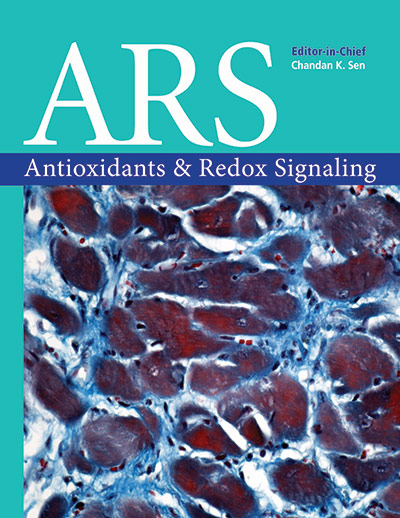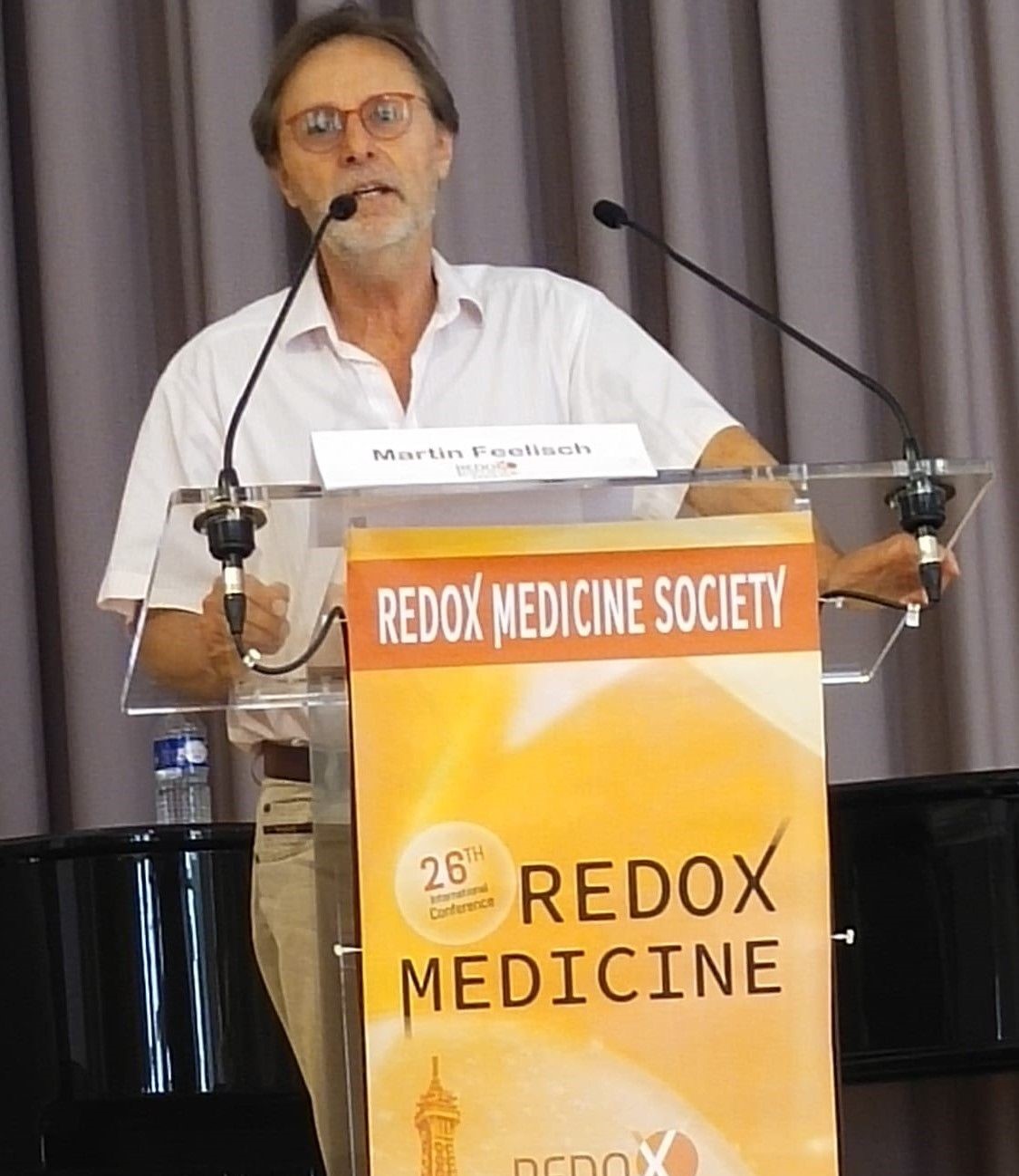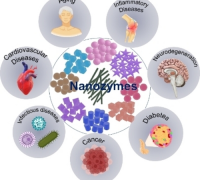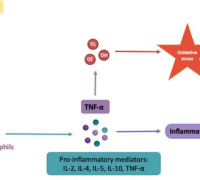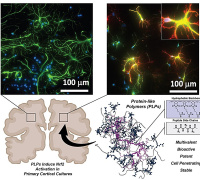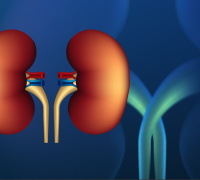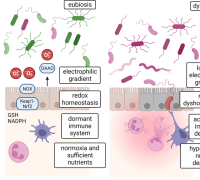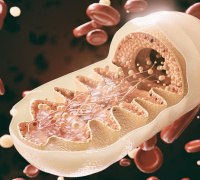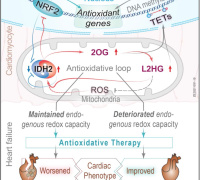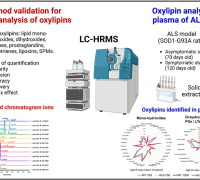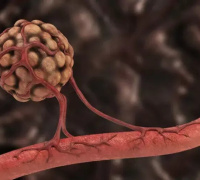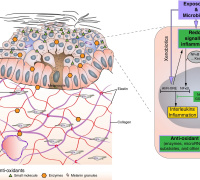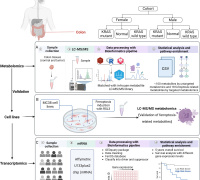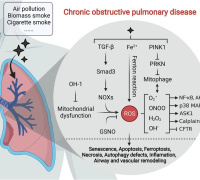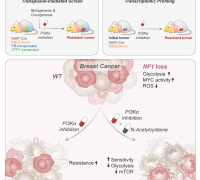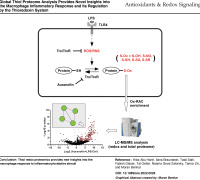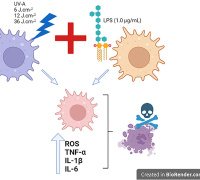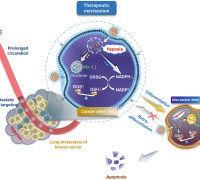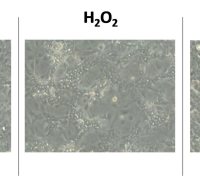The Role of Red Blood Cells in Regulation of Vascular Tone and Blood Pressure
 Prof. Miriam Margherita Cortese-Krott from Heinrich Heine University Düsseldorf, Germany will join us this year and talk about the The Role of Red Blood Cells in Regulation of Vascular Tone and Blood Pressure.
Prof. Miriam Margherita Cortese-Krott from Heinrich Heine University Düsseldorf, Germany will join us this year and talk about the The Role of Red Blood Cells in Regulation of Vascular Tone and Blood Pressure.
Current paradigms suggest that nitric oxide (NO) produced by endothelial cells (ECs) via endothelial nitric oxide synthase (eNOS) in the vessel wall is the primary regulator of blood flow and blood pressure. However, red blood cells (RBCs) also carry a catalytically active eNOS, but its role is controversial and remains undefined. Prof. Cortese-Krott's research focused on understanding the functional significance of RBC eNOS compared to EC eNOS for vascular hemodynamics and NO metabolism. We generated tissue-specific “loss-” and “gain-of-function” models for eNOS by using cell-specific Cre-induced gene inactivation or reactivation. We created two founder lines carrying a floxed eNOS (eNOSflox/flox) for Cre-inducible knock-out (KO), as well as gene construct with an inactivated floxed/inverted exon (eNOSinv/inv) for a Cre-inducible knock-in (KI), which respectively allow targeted deletion or reactivation of eNOS in erythroid cells (RBC eNOS KO or RBC eNOS KI mice) or in endothelial cells (EC eNOS KO or EC eNOS KI mice).
Vascular function, hemodynamics and NO metabolism were compared ex vivo and in vivo. The EC eNOS KO mice exhibited significantly impaired aortic dilatory responses to acetylcholine, loss of flow-mediated dilation (FMD), and increased systolic and diastolic blood pressure. RBC eNOS KO mice showed no alterations in acetylcholine-mediated dilation or FMD, but were hypertensive. Treatment with the NOS inhibitor L-NAME further increased blood pressure in RBC eNOS KO, demonstrating that eNOS in both ECs and RBCs contributes to blood pressure regulation. While both EC eNOS KOs and RBC eNOS KOs had lower plasma nitrite and nitrate concentrations, the levels of bound NO in RBCs were lower in RBC eNOS KO as compared to EC eNOS KOs. Crucially, reactivation of eNOS in ECs or RBCs rescues the hypertensive phenotype of the eNOSinv/inv mice, while the levels of bound NO were restored only in RBC eNOS KI mice. These data reveal that eNOS in ECs and RBCs contribute independently to blood pressure homeostasis.
24th Annual ISANH Meeting
Paris Redox 2022 Congress
June 22-24, 2022 - Paris, France
www.isanh.net





